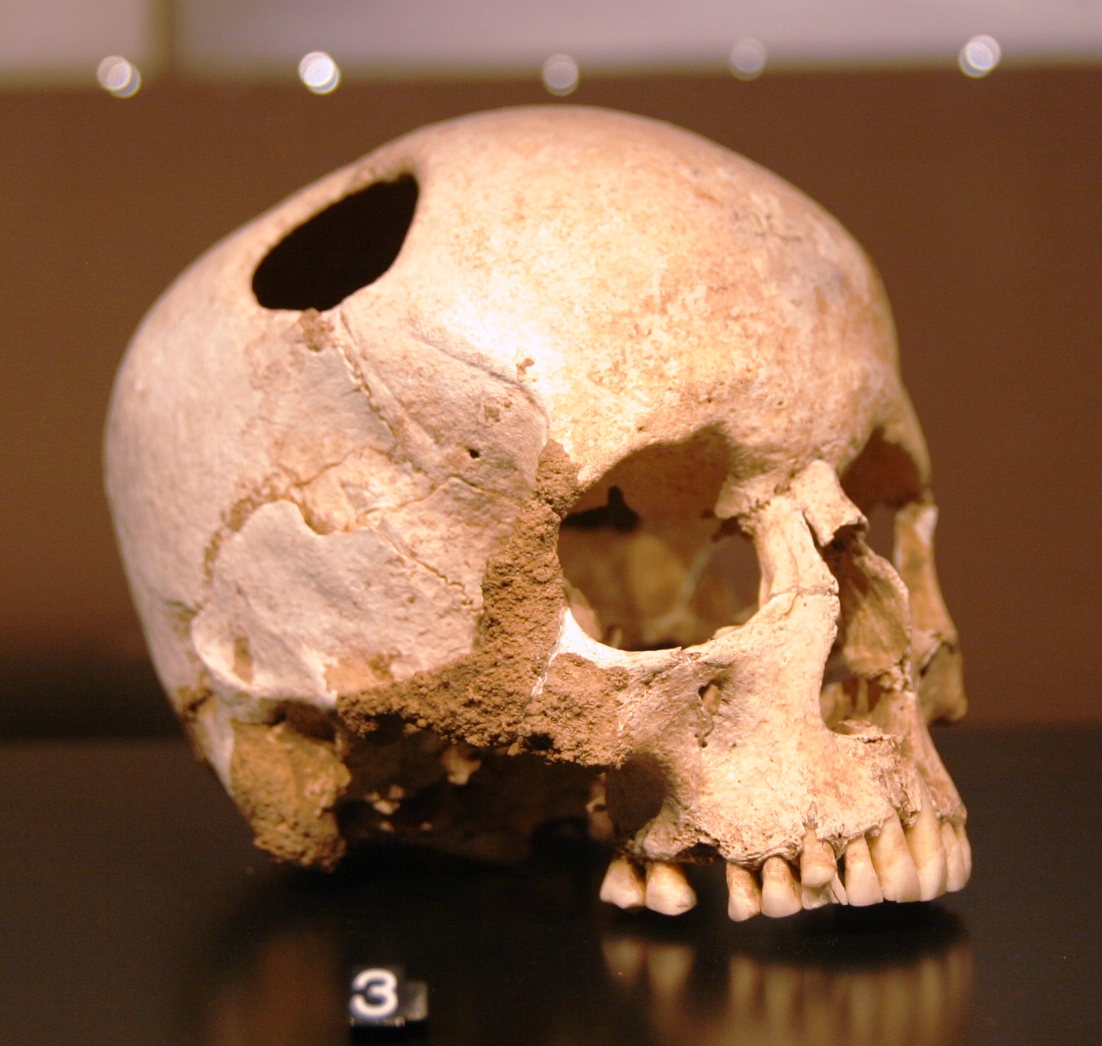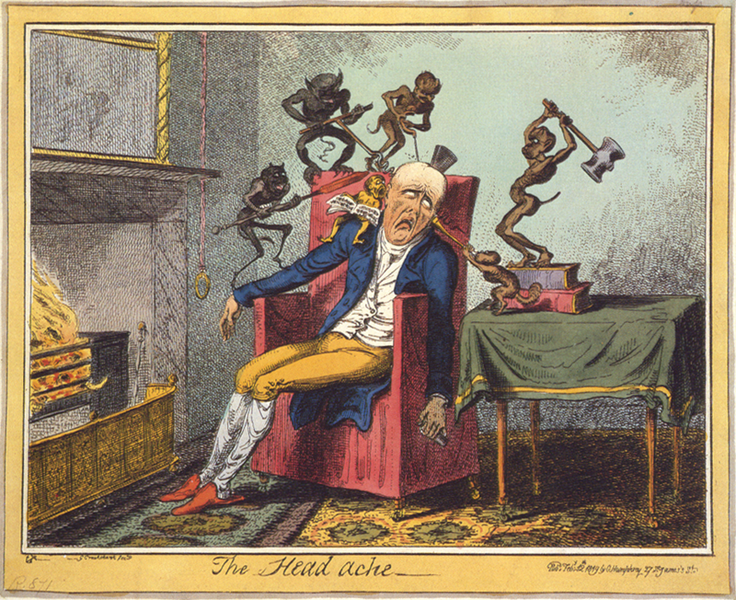Migraine historical perspective
|
Migraine Microchapters |
|
Diagnosis |
|---|
|
Treatment |
|
Case Studies |
|
Migraine historical perspective On the Web |
|
American Roentgen Ray Society Images of Migraine historical perspective |
|
Risk calculators and risk factors for Migraine historical perspective |
Editor-In-Chief: C. Michael Gibson, M.S., M.D. [1]
Overview
The word migraine is French in origin and comes from the Greek hemicrania, as does the Old English term megrim. Literally, hemicrania means "half (the) head."
Historical Perspective
An early description consistent with migraines is contained in the Ebers papyrus, written around 1500 BCE in ancient Egypt.[1] In 200 BCE, writings from the Hippocratic school of medicine described the visual aura that can precede the headache and a partial relief occurring through vomiting.[2] A second-century description by Aretaeus of Cappadocia divided headaches into three types: cephalalgia, cephalea, and heterocrania.[3] Galen of Pergamon used the term hemicrania (half-head), from which the word migraine was eventually derived.[3] He also proposed that the pain arose from the meninges and blood vessels of the head.[2] Migraines were first divided into the two now used types - migraine with aura (migraine ophthalmique) and migraine without aura (migraine vulgaire) in 1887 by Louis Hyacinthe Thomas, a French Librarian.[2]

Trepanation, the deliberate drilling of holes into a skull, was practiced as early as 7,000 BCE.[1] While sometimes people survived, many would have died from the procedure due to infection.[4] It was believed to work via "letting evil spirits escape".[5] William Harvey recommended trepanation as a treatment for migraines in the 17th century.[6]
While many treatments for migraines have been attempted, it was not until 1868 that use of a substance which eventually turned out to be effective began.[2] This substance was the fungus ergot from which ergotamine was isolated in 1918.[7] Methysergide was developed in 1959 and the first triptan, sumatriptan, was developed in 1988.[7] During the 20th century with better study design effective preventative measures were found and confirmed.[2]
Shown below is an image depicting 'The Head Ache' by George Cruikshank.
References
- ↑ 1.0 1.1 Miller, Neil (2005). Walsh and Hoyt's clinical neuro-ophthalmology (6 ed.). Philadelphia, Pa.: Lippincott Williams & Wilkins. p. 1275. ISBN 9780781748117.
- ↑ 2.0 2.1 2.2 2.3 2.4 Borsook, David (2012). The migraine brain : imaging, structure, and function. New York: Oxford University Press. pp. 3–11. ISBN 9780199754564.
- ↑ 3.0 3.1 Waldman, [edited by] Steven D. (2011). Pain management (2 ed.). Philadelphia, PA: Elsevier/Saunders. pp. 2122–2124. ISBN 9781437736038.
- ↑ Mays, eds. Margaret Cox, Simon (2002). Human osteology : in archaeology and forensic science (Repr. ed.). Cambridge [etc.]: Cambridge University Press. p. 345. ISBN 9780521691468.
- ↑ Colen, Chaim (2008). Neurosurgery. Colen Publishing. p. 1. ISBN 9781935345039.
- ↑ Daniel, Britt Talley (2010). Migraine. Bloomington, IN: AuthorHouse. p. 101. ISBN 9781449069629.
- ↑ 7.0 7.1 Tfelt-Hansen, PC (May 2011). "One hundred years of migraine research: major clinical and scientific observations from 1910 to 2010". Headache. 51 (5): 752–78. doi:10.1111/j.1526-4610.2011.01892.x. PMID 21521208. Unknown parameter
|coauthors=ignored (help)
